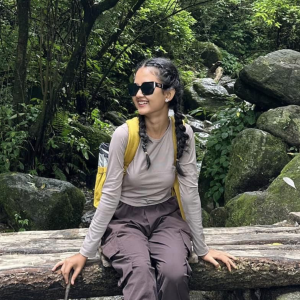Bhutan, frequently referred to as the "Land of the Thunder Dragon," is a renowned kingdom located in the eastern Himalayas. Bhutan, known for its pristine scenery, deeply rooted traditions, and Gross National Happiness ideology, provides visitors with an unforgettable experience. Bhutan limits the amount of tourists to conserve its ecology and heritage. Visitors must book through licensed operators and pay a daily price that includes hotel, food, and transportation.
The country's landscapes span from subtropical plains to Himalayan peaks, providing opportunities for trekking, hiking, and wildlife exploration. Buddhist monasteries, dzongs, and the lively Tsechus celebrations, which feature masked dances and ceremonies, all highlight Bhutan's spiritual legacy. Nature lovers will appreciate Bhutan's lush woods, rivers, and uncommon wildlife such as the snow leopard and Bengal tiger. Bhutan's major attractions, such as secluded monasteries, verdant valleys, and cultural festivals, make it the ideal location for both adventure and relaxation. If you're planning a trip, here's a list of the top ten things you must do over tons of activities while visiting this stunning country.
Visit Paro Taktsang (Tiger’s Nest Monastery)
The Tiger's Nest Monastery is one of Bhutan's most iconic attractions, perched on a cliffside about 900 meters above the Paro Valley. Legend has it that Guru Rinpoche flew to this spot on a tigress’s back to meditate in the 8th century, making it one of the most sacred sites in Bhutan. To visit, you’ll need to embark on a steep hike that takes around 2-3 hours, but the view and the spiritual aura of the monastery make it worth every step. Be sure to wear comfortable hiking shoes, and take breaks along the way to enjoy the surrounding beauty.
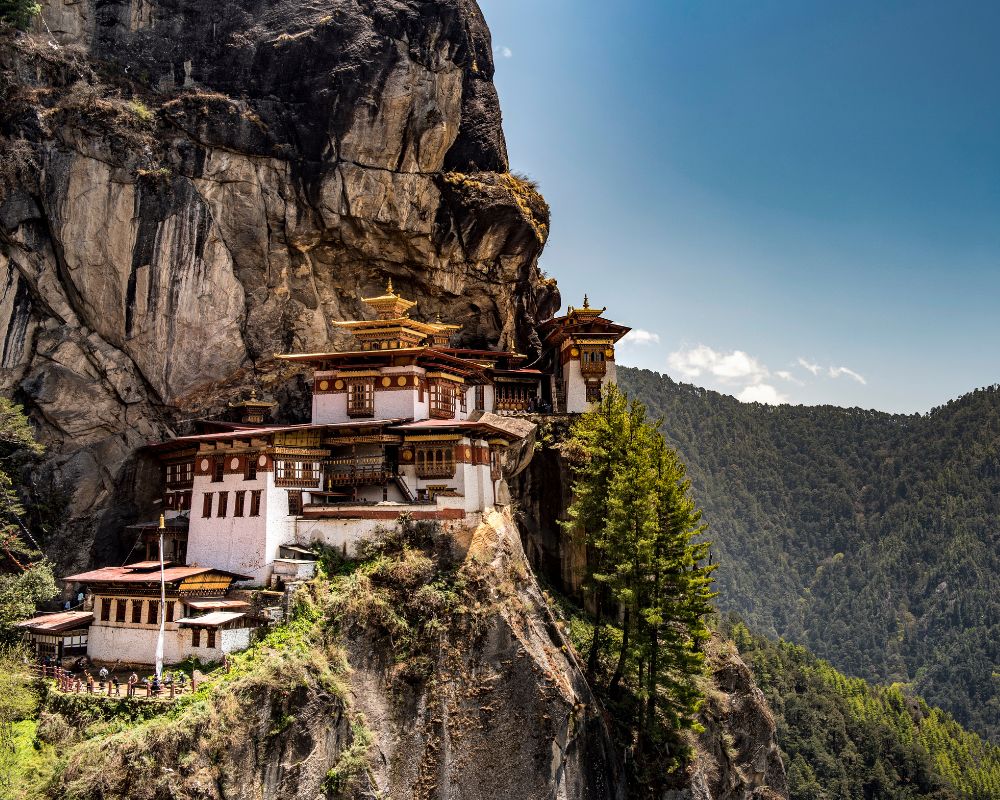
Explore Thimphu’s Weekend Market
If you want to experience Bhutanese culture up close, Thimphu's Weekend Market is a must-visit. Open from Friday to Sunday, the market is bustling with local vendors selling everything from fresh vegetables and meats to handmade crafts and textiles. It’s a great spot to try Bhutanese delicacies like dried yak cheese and Bhutanese chili or to pick up souvenirs like handwoven textiles and wooden crafts. The market also provides a window into the daily life of the Bhutanese people, as locals gather here to shop, chat, and socialize.
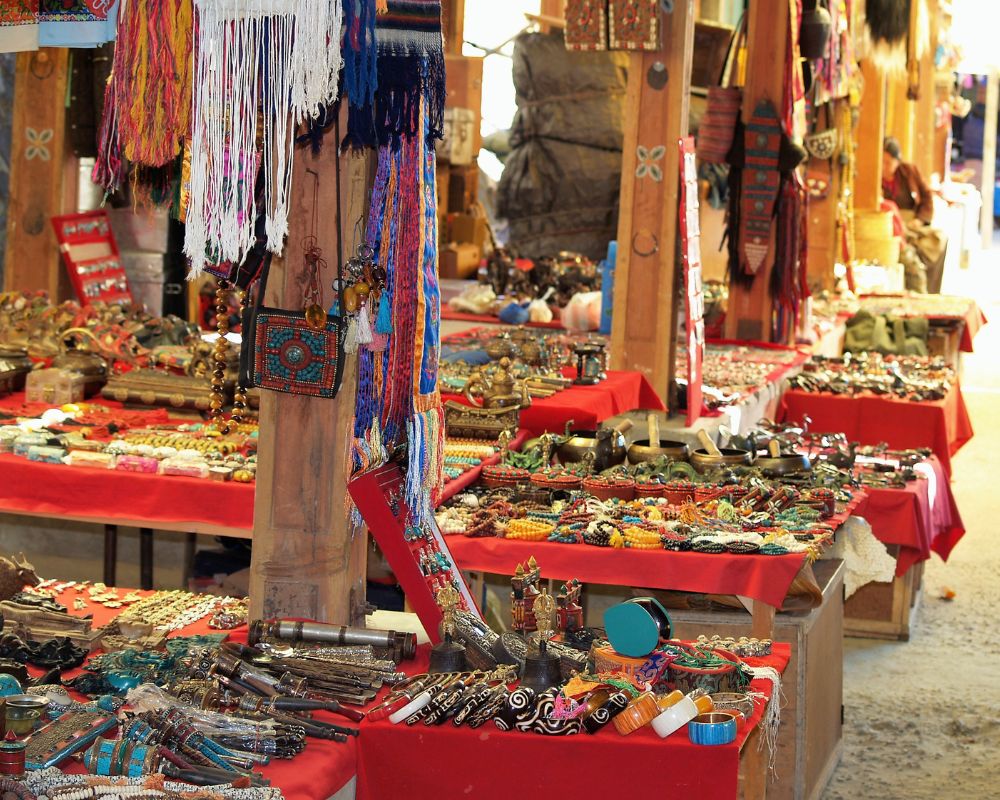
Trek the Druk Path
The Druk Path trek is a 6-day journey through some of Bhutan’s most stunning landscapes. The trek begins in Paro and ends in Thimphu, passing through high-altitude forests, alpine lakes, and ridges that offer panoramic views of the surrounding mountains. While it’s a moderate trek, reaching elevations of over 4,000 meters, the trail is well-marked and doesn’t require prior trekking experience. Along the way, you’ll encounter remote villages, yak herders, and ancient monasteries, making it a fantastic way to experience Bhutan’s rugged natural beauty and remote cultural heritage.
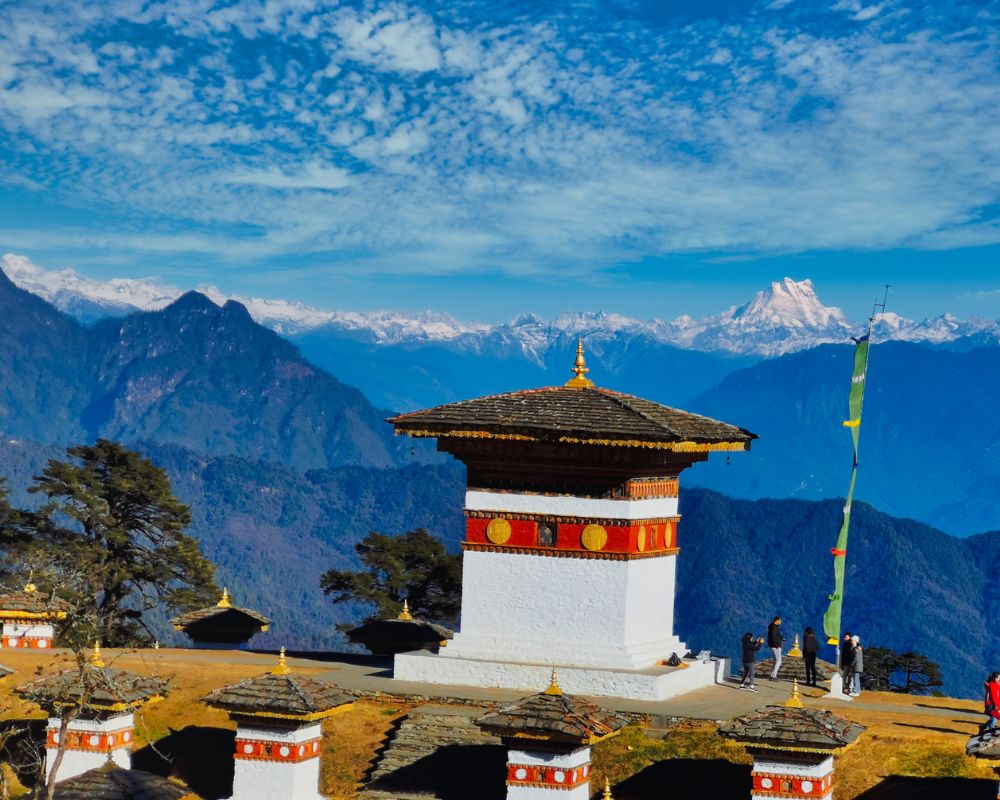
Experience the Punakha Dzong
The Punakha Dzong, one of the most beautiful and significant dzongs in Bhutan, is a masterpiece of Bhutanese architecture. Built-in 1637, it served as the administrative and religious center of Bhutan for many years and is still the winter residence of the central monk body. The dzong is located at the confluence of the Pho Chhu and Mo Chhu rivers, which adds to its scenic beauty. Visitors can explore its richly decorated halls, witness the annual Punakha Dromche festival, and enjoy the picturesque surroundings. The nearby suspension bridge is also worth a visit for panoramic views of the valley.
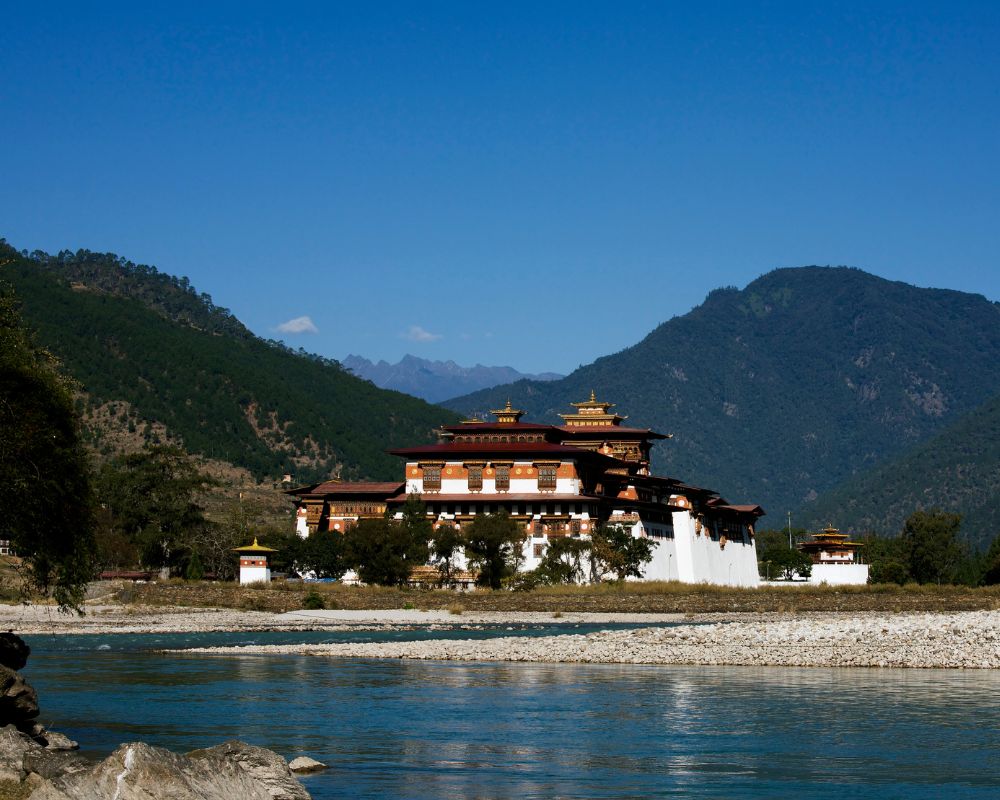
Attend a Bhutanese Festival (Tsechu)
Bhutan’s Tsechu festivals are vibrant, lively celebrations that take place throughout the year in various regions. These festivals honor Guru Rinpoche, the saint who brought Buddhism to Bhutan and are marked by masked dances, elaborate costumes, and religious rituals. Attending a Tsechu offers visitors a unique insight into Bhutanese spirituality and culture. Locals dress in their finest traditional attire, and the entire community gathers to celebrate. If you have the chance, attend the Paro or Thimphu Tsechu, which are some of the largest and most famous festivals in the country.
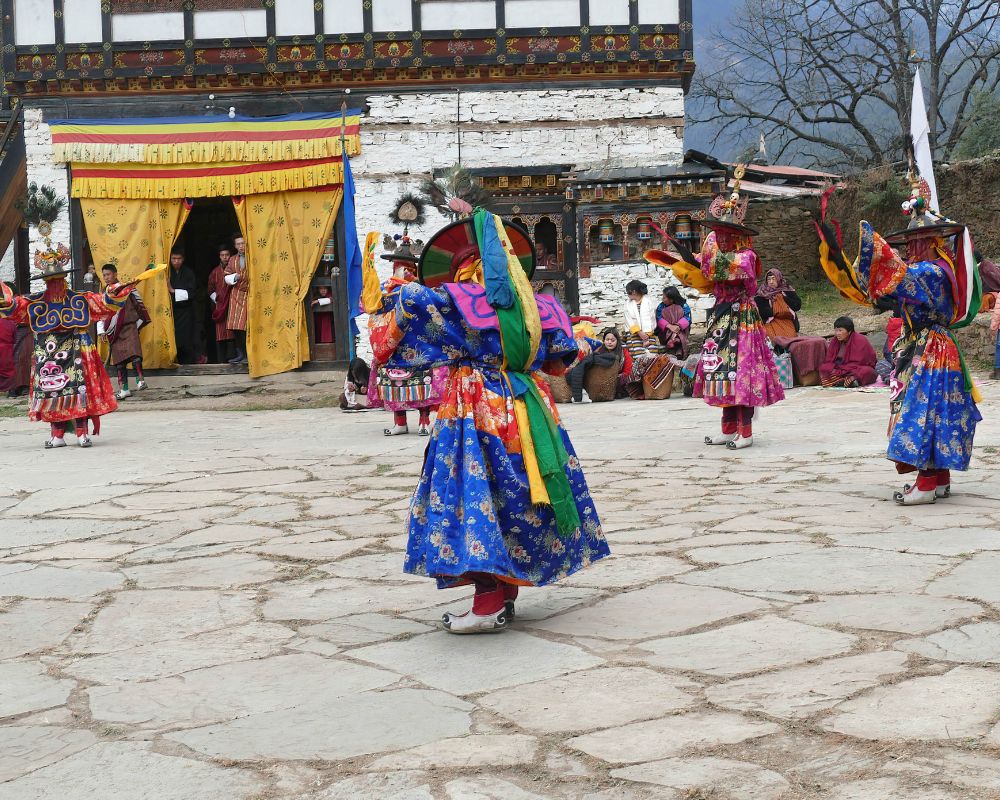
Visit the Dochula Pass
Located at 3,100 meters, the Dochula Pass is one of the most scenic spots in Bhutan. The pass offers panoramic views of the eastern Himalayas, particularly on clear days during the winter months. The site is also home to 108 memorial chortens (stupas) built to honor Bhutanese soldiers who lost their lives in a 2003 military conflict. Surrounded by prayer flags fluttering in the wind and dense forests, Dochula is both peaceful and awe-inspiring. Stop by the Druk Wangyal Lhakhang nearby, a temple that showcases beautiful murals depicting Bhutanese history and mythology.
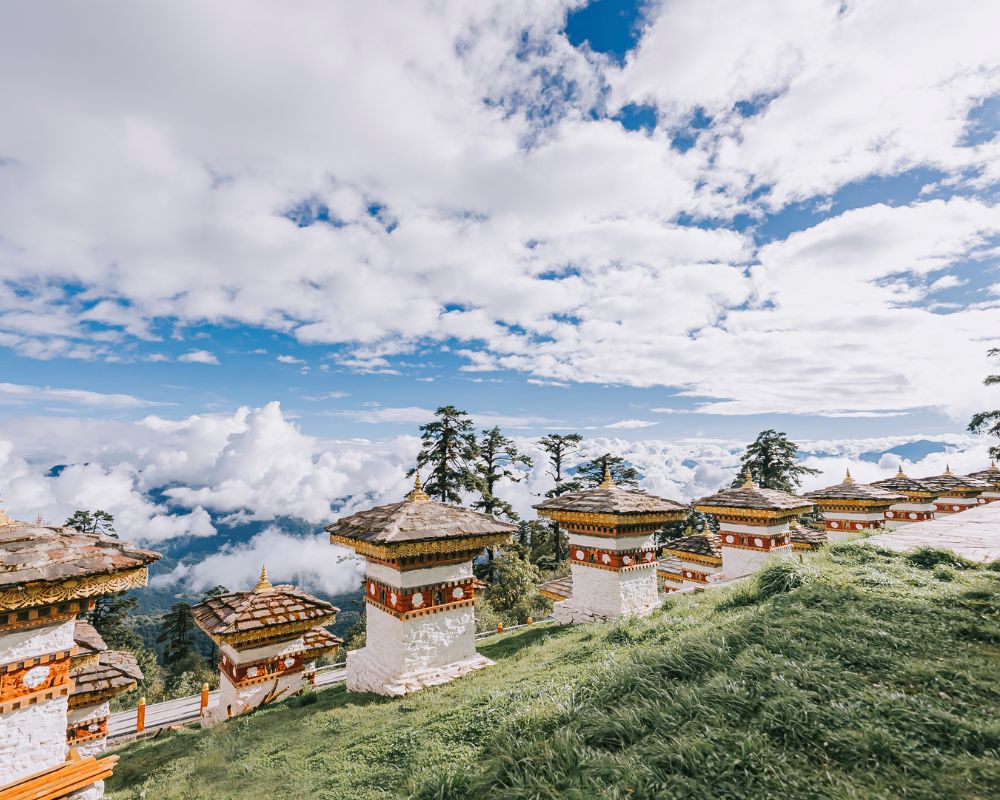
Explore the Phobjikha Valley
Phobjikha Valley is a stunning glacial valley in central Bhutan, best known for being the winter home of the endangered black-necked cranes. These majestic birds migrate from Tibet each winter, and a festival is held in their honor every November. Besides birdwatching, the valley offers plenty of opportunities for hiking and biking. The Gangtey Monastery, perched on a hill overlooking the valley, is another highlight. Walking through the valley, you’ll pass traditional farmhouses, potato fields, and dense forests, all while enjoying the tranquil beauty of rural Bhutan.
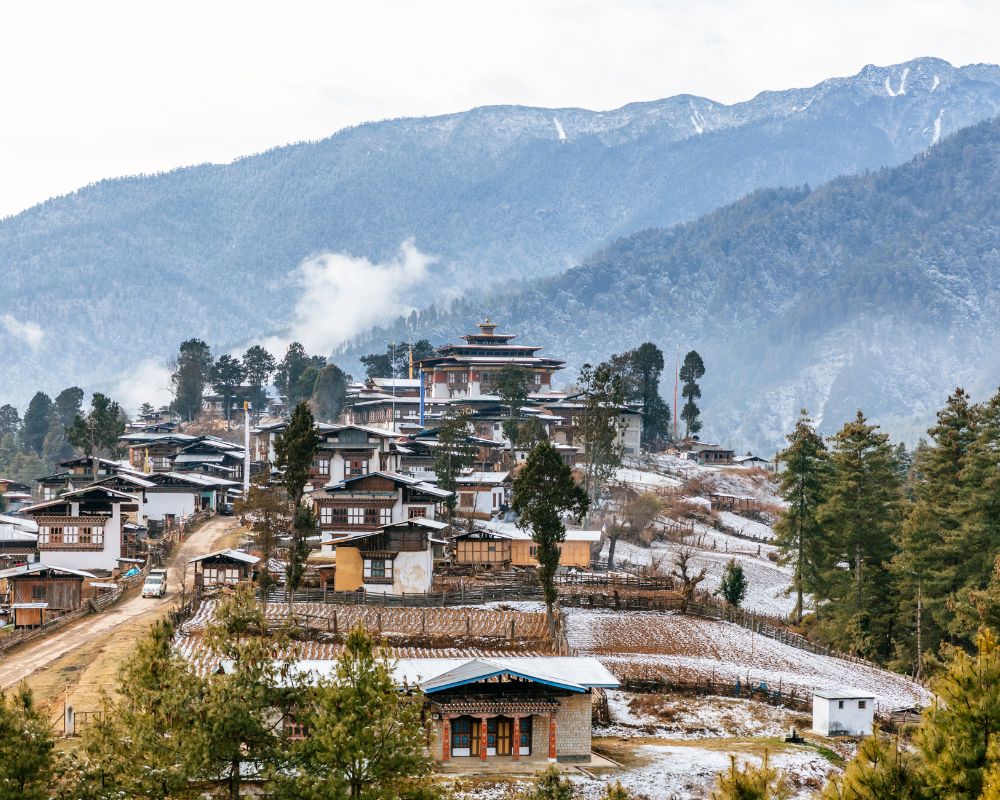
Visit the National Museum of Bhutan
Located in a 17th-century watchtower in Paro, the National Museum of Bhutan is a treasure trove of the country's rich cultural history. Its collection includes ancient artifacts, textiles, thangkas (religious paintings), and natural history exhibits. The museum is a great place to learn about Bhutan’s evolution, from its religious traditions to its natural environment. The circular structure of the museum itself is a unique architectural feature, and the surrounding views of the Paro Valley make the visit even more rewarding.
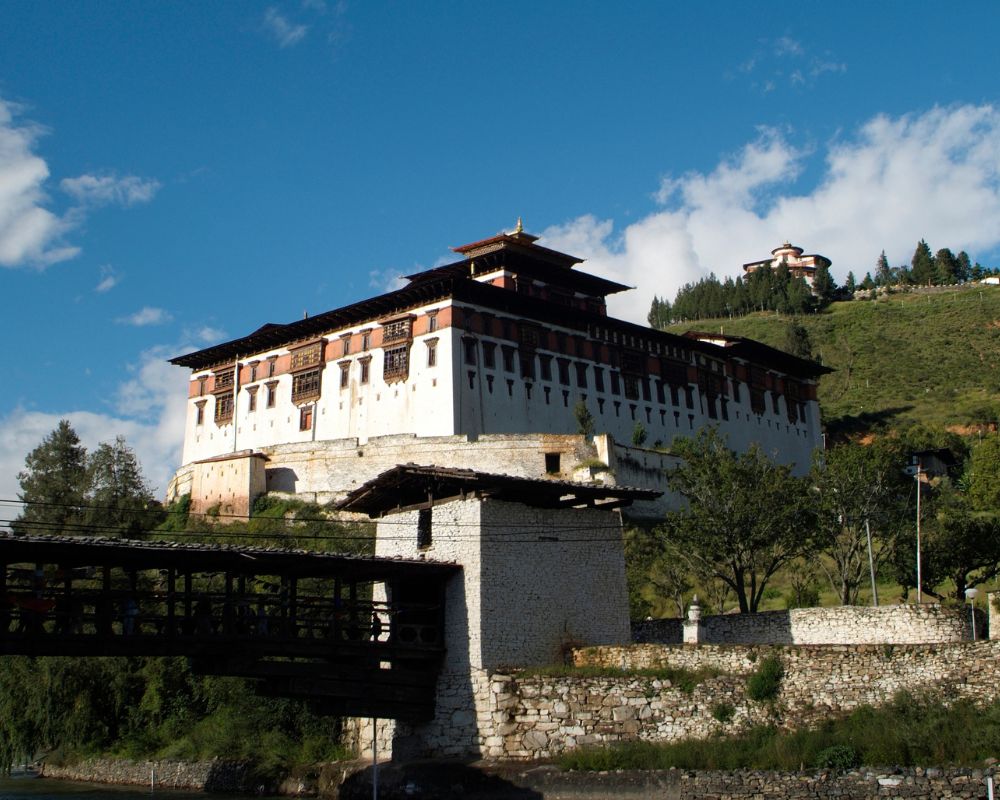
Hike to the Chimi Lhakhang
Chimi Lhakhang, also known as the "Fertility Temple," is dedicated to the eccentric Buddhist saint Drukpa Kunley, also known as the Divine Madman. The temple is famous for its fertility blessings, and couples from all over the world visit in hopes of receiving a blessing for children. The 30-minute hike to the temple takes you through picturesque villages and rice fields, offering a glimpse of rural Bhutanese life. The temple itself is modest, but its colorful murals and legends of Drukpa Kunley’s unconventional teachings make it a fascinating stop.
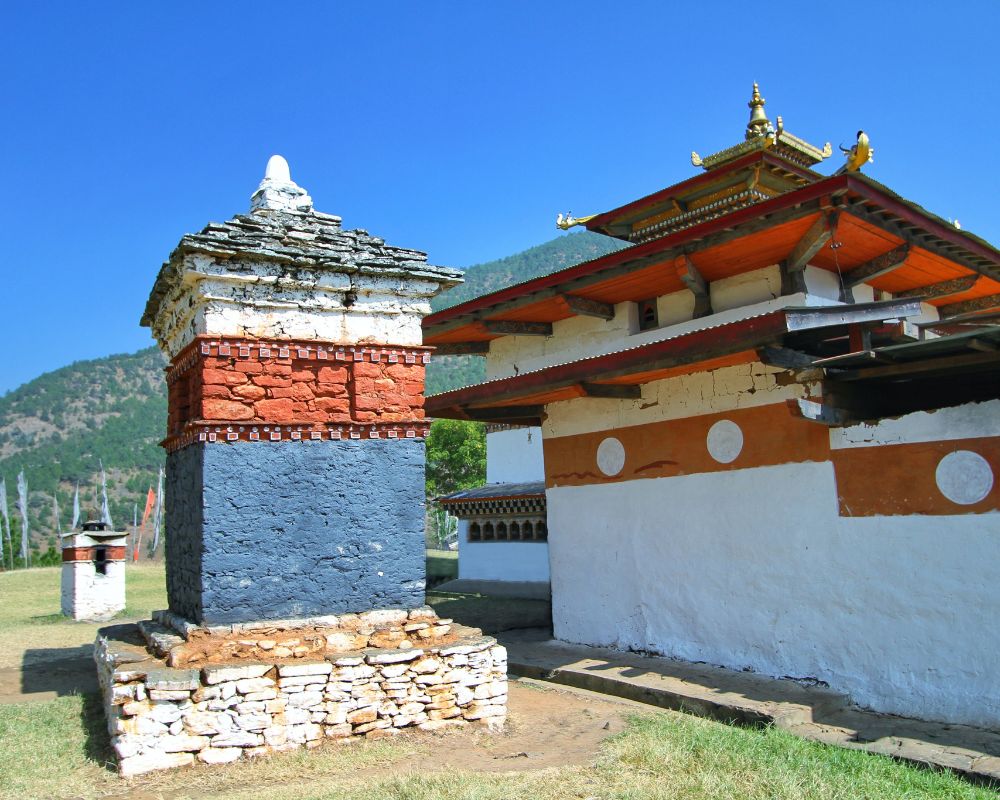
Relax in a Traditional Hot Stone Bath
After a long day of trekking or exploring Bhutan’s rugged landscapes, a traditional hot stone bath is the perfect way to unwind. Bhutanese hot stone baths are prepared by heating river stones and placing them in a wooden tub to warm the water. The minerals from the stones are believed to have therapeutic properties, helping to soothe aches and pains. Many homestays and hotels offer these baths, often accompanied by herbal tea, making it a relaxing and rejuvenating experience.
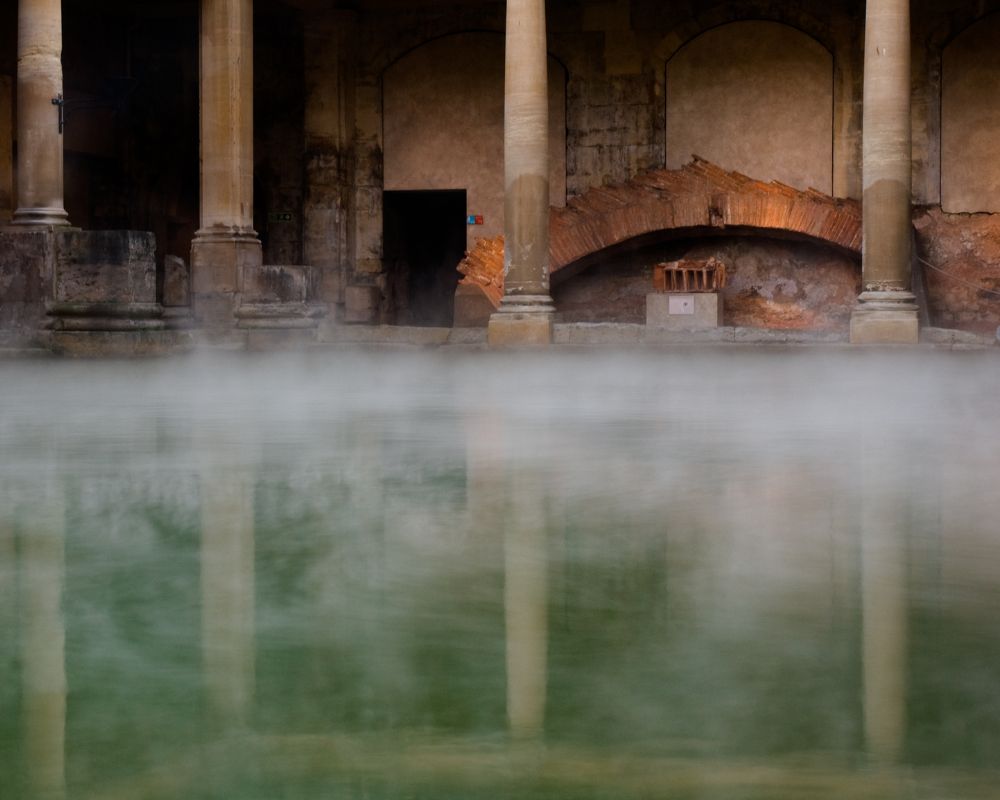
Conclusion
Bhutan is a destination that offers travelers a rare combination of adventure, spirituality, and cultural immersion. Whether you're trekking to ancient monasteries, exploring traditional markets, or simply soaking in the natural beauty of the Himalayas, each experience in Bhutan is bound to leave you enriched. Make sure to add these top 10 activities to your itinerary to fully embrace the essence of this magical kingdom.


